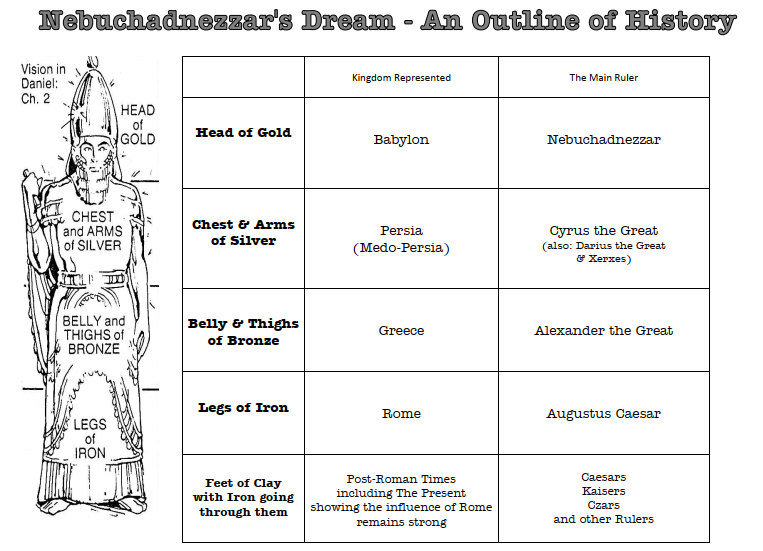Ancient Babylon and Persia
|
|
|
| nebuchadnezzars_dream.pdf | |
| File Size: | 264 kb |
| File Type: | |
Ishtar Gate at the Pergamon Museum in Berlin
A new beginning for the Middle East: The Cyrus Cylinder and Ancient Persia
The British Museum
The British Museum
Jul 18, 2014
The Cyrus Cylinder is one of the most famous objects to have survived from the ancient world. It was inscribed in Babylonian cuneiform on the orders of Persian King Cyrus the Great (559-530 BC) after he captured Babylon in 539 BC.
The cylinder is often referred to as the first bill of human rights as it appears to encourage freedom of worship throughout the Persian Empire and to allow deported people to return to their homelands. It was found in Babylon in modern Iraq in 1879 during a British Museum excavation.
The Cyrus Cylinder is one of the most famous objects to have survived from the ancient world. It was inscribed in Babylonian cuneiform on the orders of Persian King Cyrus the Great (559-530 BC) after he captured Babylon in 539 BC.
The cylinder is often referred to as the first bill of human rights as it appears to encourage freedom of worship throughout the Persian Empire and to allow deported people to return to their homelands. It was found in Babylon in modern Iraq in 1879 during a British Museum excavation.
|
|
|
|
|
|
|
|
|
|
|
|
|
|
|
|
|
|
|
|
|

